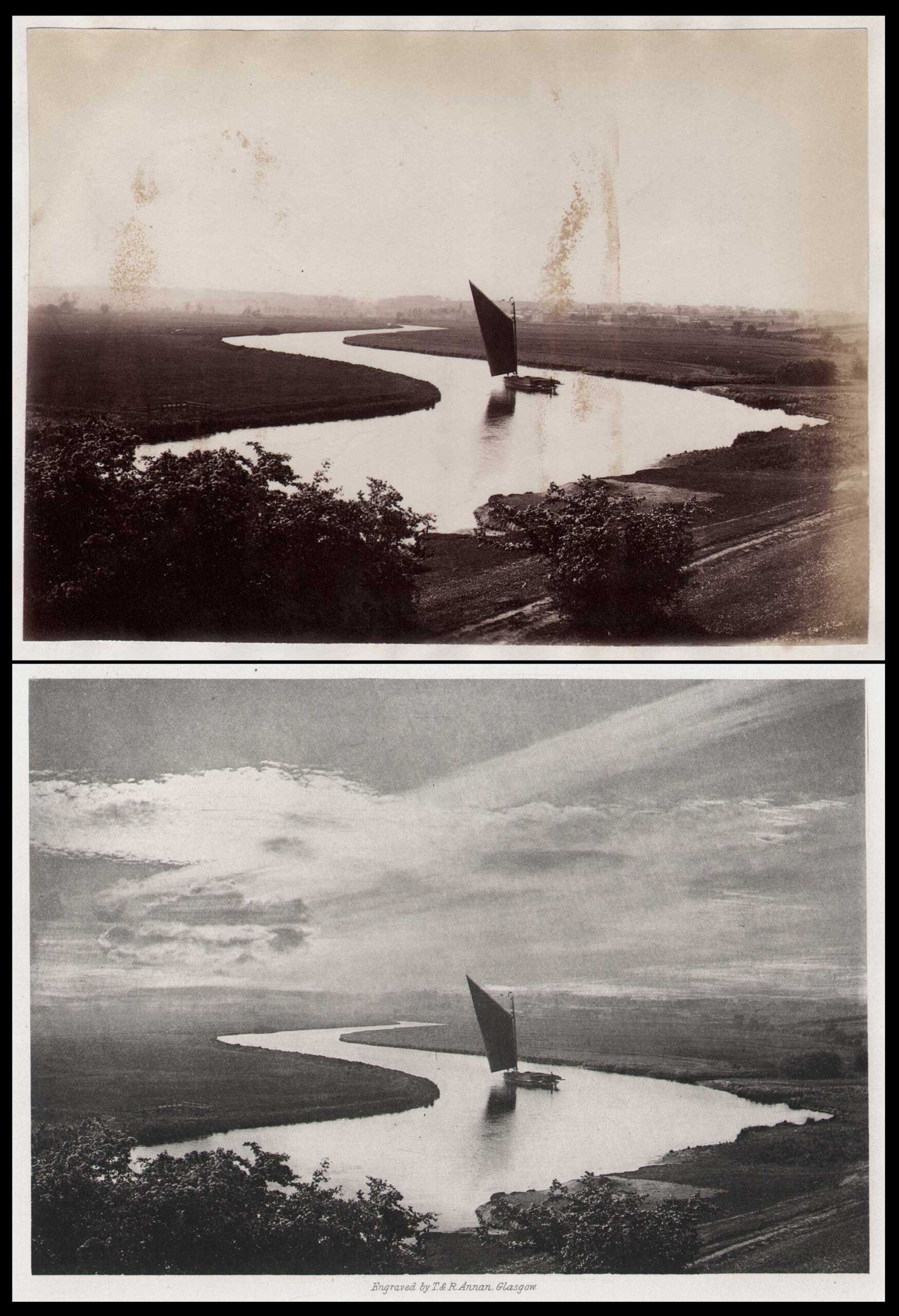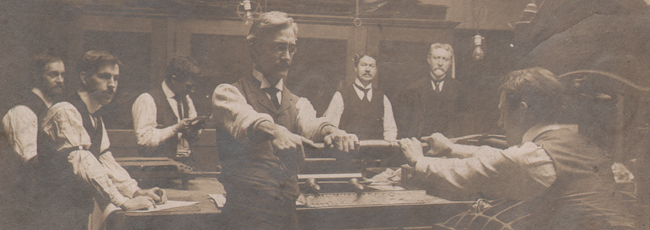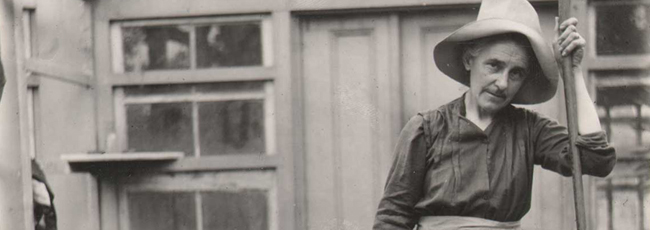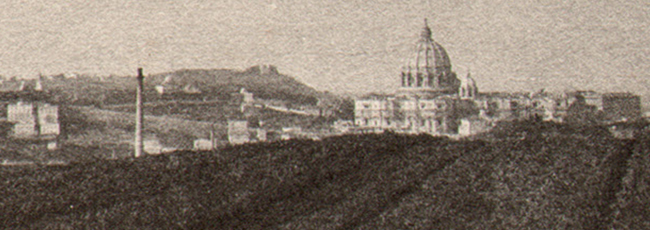
Top: “The Broads ⎯ Postwick Grove”, George Christopher Davies, English, 1849-1922, albumen print laid down on album leaf, 1882, 11.2 x 15.4 | 30.5 x 20.0 cm. The artist, writing in his 1882 book The Handbook to the Rivers & Broads of Norfolk & Suffolk, describes the scene: “Well, the view from Postwick was worth seeing. The curving reaches of the river, animated with yachts, wherries, and boats, lay beneath us, and the green marshes were bounded by the woods of Thorpe, Whitlingham, and Bramerton, while the ruined church of Whitlingham stood boldly on the brow of the opposite hill.” Bottom: “Whitlingham Vale (from Postwick)” 1883, hand-pulled photogravure on etching paper, T & R Annan, Glasgow, from original negative. Plate X from The Scenery of the Broads and Rivers of Norfolk & Suffolk, Second Series, published by Jarrold & Sons, London & Norwich. Both from: PhotoSeed Archive
Three years ago I purchased an original albumen print by the great Norfolk photographer George Christopher Davies. (1849-1922) As you can see in the top photo, it has some condition issues, but luckily for me, it depicts probably his most famous image: a work he titled Whitlingham Vale (from Postwick). In 1883, it appeared as a photogravure plate- one of 24- in the Second Series folio The Scenery of the Broads and Rivers of Norfolk & Suffolk. (1.)
Dating to 1882, it was purchased along with seven other views, also believed to be by Davies, six of which I’ve uploaded to this archive. On the original album leaf it was pasted on, the print was simply titled: The Broads ⎯ Postwick Grove.
But what is really unusual is seeing a comparison of these two photographs side by side. A rare example to see a “before & after” working up from the same photographic negative printed in two different mediums.
Shown above, the hand-pulled photogravure print: the “after” version by Glasgow firm T. & R. Annan, in what Photogravure.com notes “would be some of the earliest by the firm”, (2.) is radically different. The addition of an array of complex clouds- stripped into the sky by the atelier- gives the scenic view an otherworldly dimension, one that gives a more continuous flow between the large highlighted areas of the surface of the River Yare, the wherry boat, and overexposed sky above.
Continuing down to the distant horizon? Subtraction galore. The city of Norwich, where buildings that can be seen in a magnified view of the albumen print, along with the surrounding countryside, are now completely smoothed over, with many features erased. The memorable results made real by artistic license and a steel etching needle altering the original copper printing plate.
- Both the first and second series featured “24 PHOTO ENGRAVINGS by G. Christopher Davies – Price One Guinea, Jarrold & Sons 3, Paternoster Buildings, London; And London Street, Norwich.”
- James Craig Annan, Thomas Annan’s son, had traveled to Vienna to study photogravure with the inventor Karl Klic in 1883. More background.



